Common name: Daubenton's bat
Scientific name: Myotis daubentonii
Family: Vespertilionidae
Habitat: woodland and grassland close to fresh water
Diet: invertebrates
Predators: birds of prey and domestic cats
Origin: native
A flying mammal with an aquatic edge. These bats are drawn to water, snatching insects from the surface of rivers and lakes.
Common name: Daubenton's bat
Scientific name: Myotis daubentonii
Family: Vespertilionidae
Habitat: woodland and grassland close to fresh water
Diet: invertebrates
Predators: birds of prey and domestic cats
Origin: native
Daubenton's bats have brown fur, black wings and a pink face. Their undersides are a pale, silvery colour.
They weigh up to 15g (slightly less than a robin) and have a wingspan of around 25cm.
They typically live for around five years.
Daubenton's bat was named in honour of 18th century French naturalist Louis-Jean-Marie Daubenton.
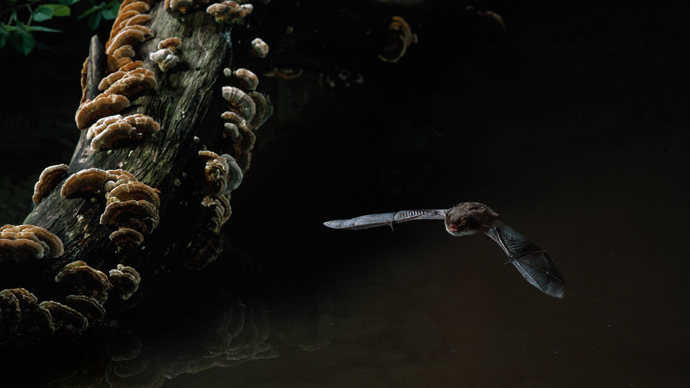
Credit: Stephen Dalton / Alamy Stock Photo
Flies, midges and caddisflies are the species’ main prey. They hunt these insects by flying low over water and catching them in their mouths or scooping them up with their tails. Prey is often eaten on the wing, but may be taken to a perch if particularly large.
Mating takes place in autumn, with the young born the following spring or summer. Females gather to raise their young in maternity roosts, with the pups becoming fully independent after around two months.
Daubenton’s bats tend to hibernate alone, choosing warm sheltered spots underground, such as in mines or caves. The species become less active from October onwards as the weather begins to cool. By December, bats are in full hibernation and will not emerge until the onset of spring.
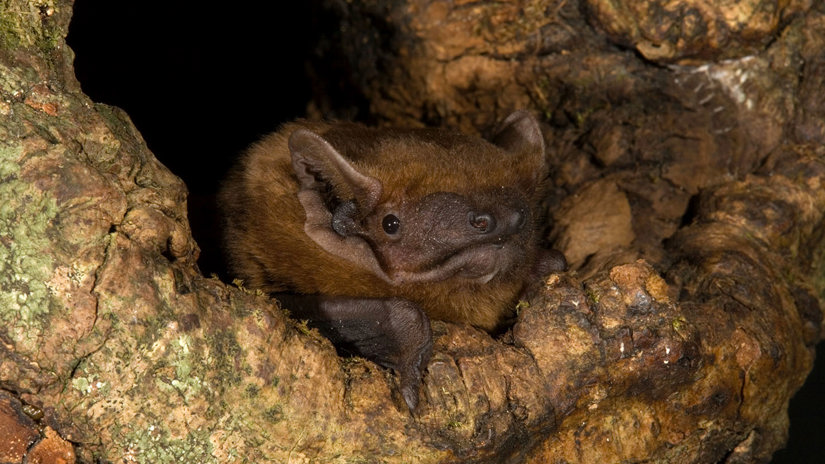
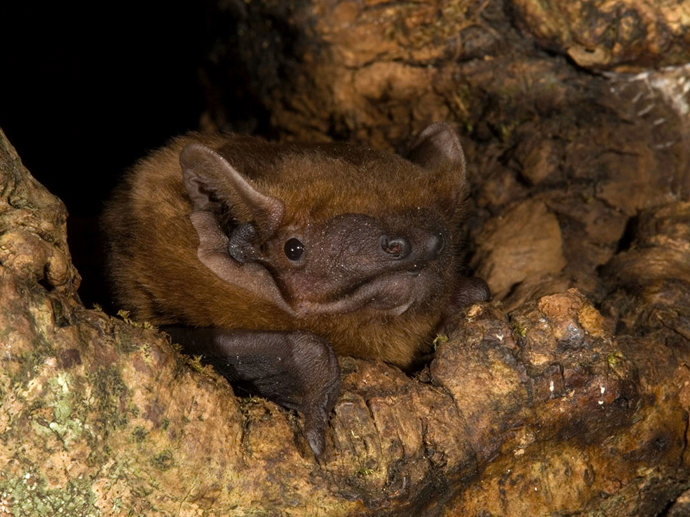
Joe Bates • 03 Dec 2018
What do British bats do when winter is coming? Find out more about six UK bat species and what you can do to help them.
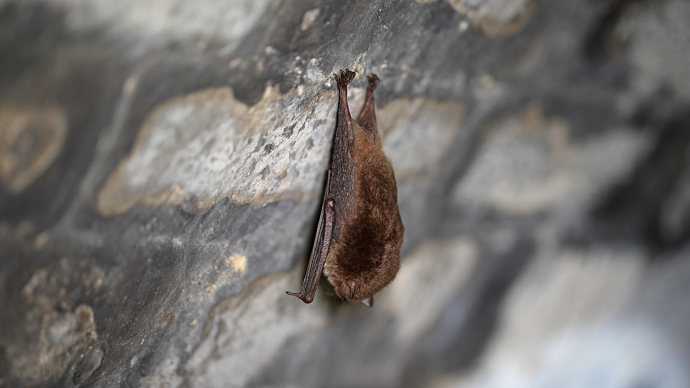
Credit: Robin Chittenden / Alamy Stock Photo
Daubenton’s bats are found throughout the UK, with the exception of the most mountainous parts of Scotland. The species may be spotted in woodland and grassland provided there is fresh water nearby for hunting. Its summer roosts are always close to water and may be under bridges, inside mines and caves or within tree holes.
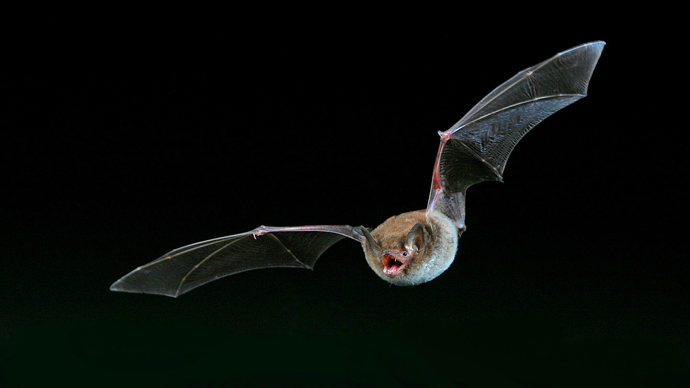
Credit: blickwinkel / Alamy Stock Photo
Your best chance of seeing a Daubenton’s bat is to watch a body of open, fresh water at dawn or dusk. If you’re lucky, you may see the bats swooping down over the water in search of prey.
There is a lack of certainty around Daubenton’s bat numbers, but the species is not thought to be in serious decline. Possible threats include a fall in the bat’s insect prey, as well as the removal of waterside trees and vegetation.
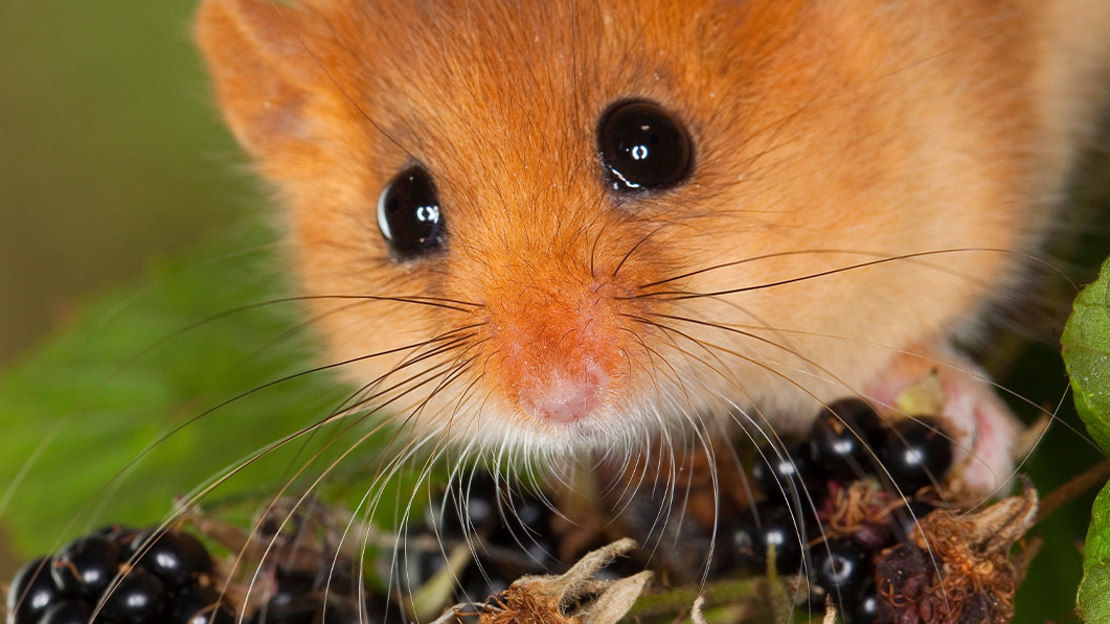
Woodland wildlife is fading before our eyes. Please support our appeal to save rare and threatened species.
Donate now